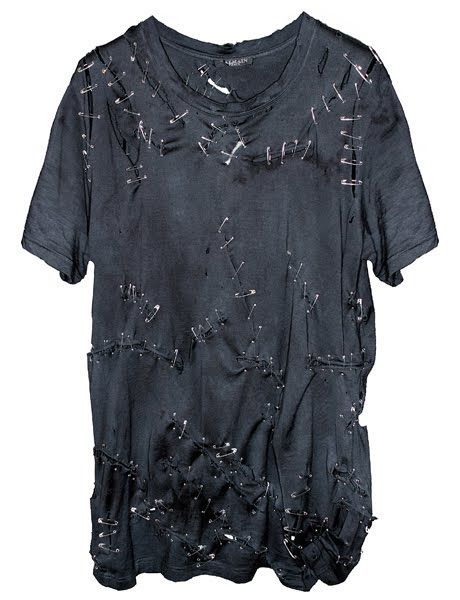Poltergeists and the Boggle Factor January 8, 2022
Author: Beach Combing | in : Modern , trackbackThe boggle factor is a crucial concept in anomaly studies: at what point do you just lose all patience with an account. For instance, John Smith tells you that he saw a ghost with its head tucked underneath its arm. OK, we smile politely. John Jones, meanwhile, tells you that he saw a ghost with its head underneath its arm and that the ghost hurled its head after him. We cringe. Smith’s account is well within our normal frame of reference. Jones’ account outrages our 2022 idea of what the supernatural should be: though, nota bene, it was a traditional story in Lancashire in the nineteenth century.
I was thinking about the boggle factor after the most recent Boggart and Banshee podcast where Chris Woodyard and myself talked about a little known nineteenth-century poltergeist case from Ohio: the Clothes Cutting Poltergeist of Wooster. (Chris has collected all the sources here). Even I, with my tediously sceptical attitude to anomalies, have slowly come round to thinking that there might be ‘something’ to poltergeist activity. Indeed, I covered the subject frequently in this blog in years past.
So yes a cracking noise in the wall: I strain to hear better. The sound of smashing crockery (though nothing is broken): I’m listening. Plates dropping on the floor: ok count me in. Plates flying across the room: I’m getting nervous. Stones through windows: drops of sweat start to appear on my forehead. Poltergeists setting fire to things: tapping my foot rapidly. Poltergeists ripping clothes up, as in the Wooster case: I grit my teeth.
I’ve tried to be polite and there is, I promise, some crack of my brain that is still open to the possibility that all these things are ‘real’. But then there are those moments that the poltergeist goes too far and my inner Richard Dawkins comes out snarling. For instance, in the Wooster case, some shredded underwear – the Wooster poltergeist had an obsession with women’s underclothes* – were sewn by the polt, in the cellar, into an improvised apron. Boom… It’s over. I’m back to shallow materialism.
Something similar happens when any form of the supernatural ends up writing to its human acolytes. I’ve long had this prejudice. I remember, at Sunday School, reacting badly to God scribbling on the wall in the Book of Daniel. The Wooster poltergeist went further than Jehovah. IT (as the family in Wooster lovingly called their bogie) used to jot down a note, tie it to a stone and hurl it into the house. Other writing spirits that have recently got on my nerves have included the scribbling shysters in The Entity Letters by Jim McClenon (an intriguing book, btw) or bloody Gef.
Why do Forteans and anomalists boggle so strongly at some things but not at others? Is it really more incredible that a polt writes than that it shreds clothes? A lot of it – I suspect – comes down to aesthetics. We have strong feelings about what our favoured forms of the supernatural should do: we become visibly irritated when the entities do not concur. Clothes shredding is nasty, intimate and on the skin: my view of many of these presences. Writing suggests civility, intellect and prissy rhetoric, the last thing I want from my polts.
Any other thoughts? drbeachcombing AT gmail DOT com
*Yes, there was a teenage boy in the house.



